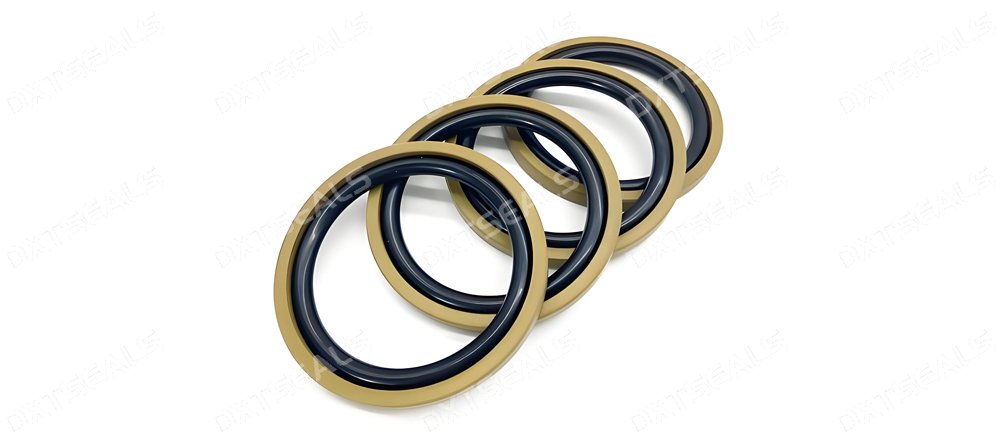
Hydraulic systems are the backbone of modern industrial machinery, powering everything from construction equipment to manufacturing lines. At the heart of these systems lies a critical component: the oil seal. While they may seem small, oil seals play a vital role in preventing fluid leakage, resisting high pressure, and ensuring long-term system performance.
In this article, DXTSEALS dives into the key sealing challenges that hydraulic systems face and presents practical solutions to enhance reliability and durability.
🔧 The Role of Oil Seals in Hydraulic Systems
Oil seals—also known as shaft seals or radial lip seals—are responsible for:
-
Preventing hydraulic fluid leakage
-
Protecting internal components from contaminants
-
Maintaining system pressure
-
Supporting continuous movement of rotating or reciprocating shafts
Without high-quality oil seals, even the most advanced hydraulic systems can fail due to fluid loss, component wear, or contamination.
⚠️ Common Sealing Challenges in Hydraulic Systems
1. High Pressure and Temperature
Hydraulic systems often operate under extreme pressures (up to 35 MPa) and elevated temperatures. Standard rubber seals may deform, crack, or extrude under such conditions.
Solution:
DXTSEALS offers PTFE-reinforced and metal-cased oil seals designed to withstand intense pressure and heat without degradation.
2. Fluid Compatibility
Hydraulic fluids vary greatly—mineral oils, synthetic esters, water-glycols, etc.—and incompatible materials can lead to seal swelling, softening, or hardening.
Solution:
Select oil seals made from Viton (FKM), HNBR, or PTFE, depending on fluid type. DXTSEALS provides customized material recommendations based on your system specifications.
3. Dynamic Motion and Shaft Misalignment
Rotating or reciprocating shafts can cause uneven wear, seal lip distortion, or even seal failure due to side loading or misalignment.
Solution:
Use spring-energized seals that maintain uniform pressure and adjust to shaft deflection. DXTSEALS’ CNC-machined PTFE seals are excellent for this purpose.
4. Contaminant Ingress
Dust, dirt, and moisture entering a hydraulic system can cause seal wear and fluid contamination, ultimately leading to premature failure.
Solution:
Install double-lip oil seals or combination wiper seals that protect the primary sealing lip from external contaminants.
5. Installation Damage
Improper installation, rough shaft surfaces, or sharp edges can damage the seal during assembly.
Solution:
Ensure shafts are within the correct surface finish tolerance (Ra < 0.4 μm) and use chamfered edges. DXTSEALS also provides installation-friendly seal designs to reduce assembly errors.
🛠️ DXTSEALS: Your Hydraulic Seal Expert
At DXTSEALS, we specialize in designing and producing oil seals that meet the harsh demands of hydraulic applications. Our capabilities include:
-
CNC precision manufacturing for custom dimensions
-
A wide range of materials including NBR, FKM, PTFE, HNBR, and metal-reinforced options
-
Rapid prototyping and short lead times
-
Engineering support for seal selection and design optimization
Whether you need high-pressure seals, heat-resistant materials, or long-life performance, we provide tailored sealing solutions for your specific hydraulic system.
✅ Conclusion
Hydraulic systems demand oil seals that can perform under intense pressure, temperature, and motion. By understanding these challenges and choosing the right sealing technology, you can significantly improve system efficiency, durability, and reliability.
Trust DXTSEALS to supply engineered sealing solutions for even the most complex hydraulic environments. Visit www.dxtseals.com to explore our product range or request a quote for your custom application.
